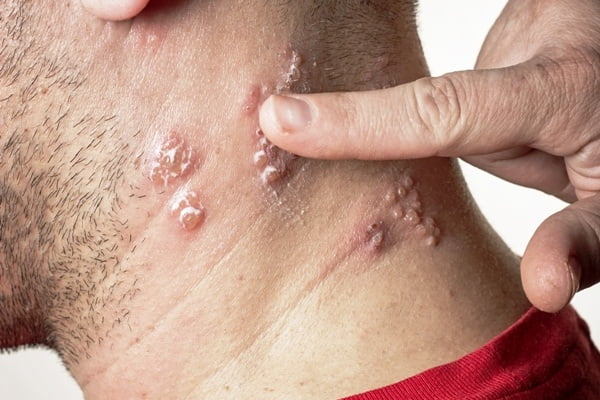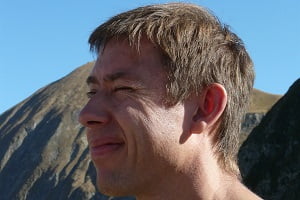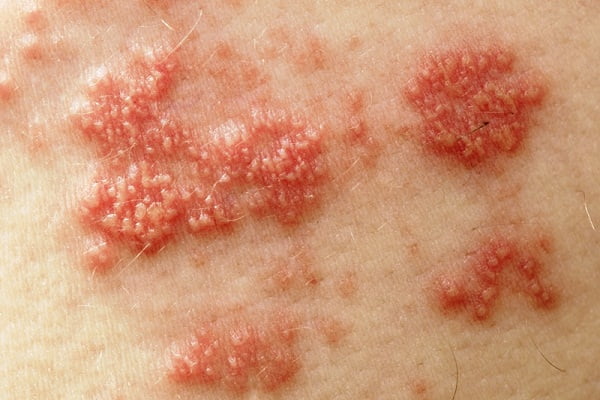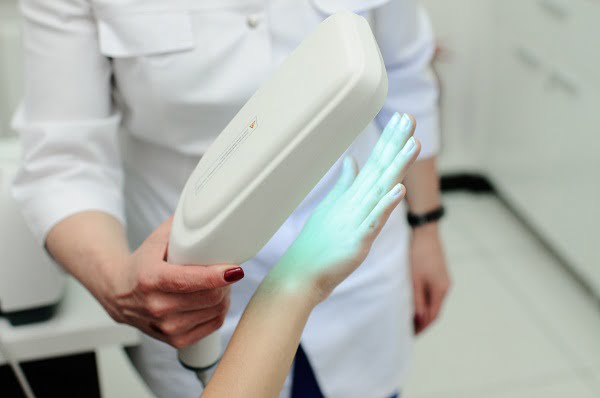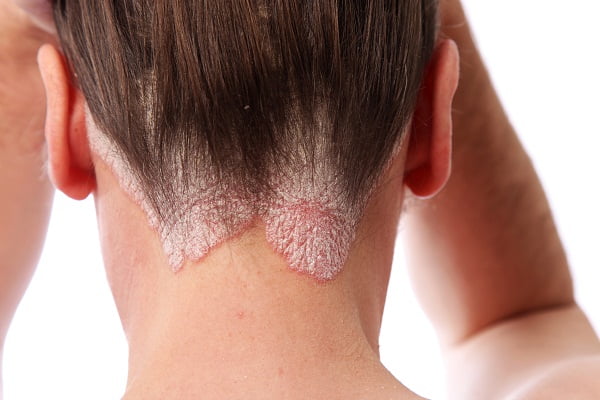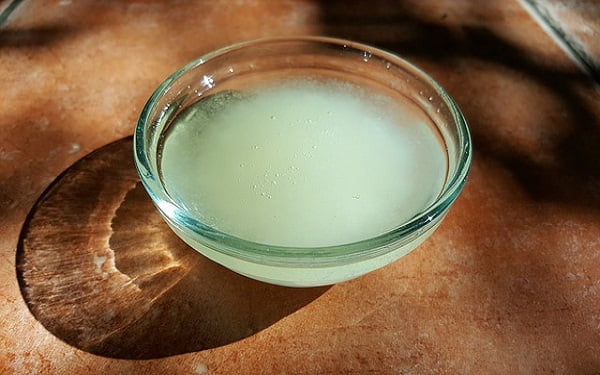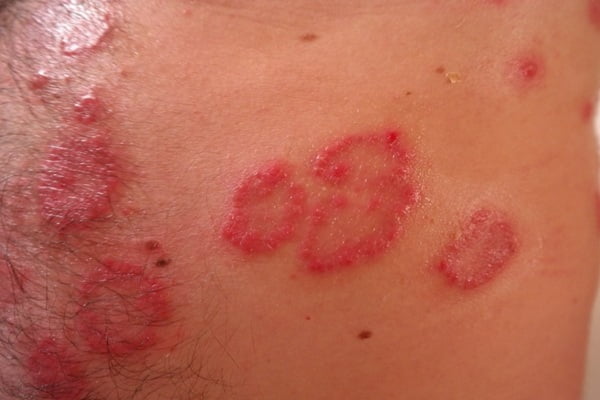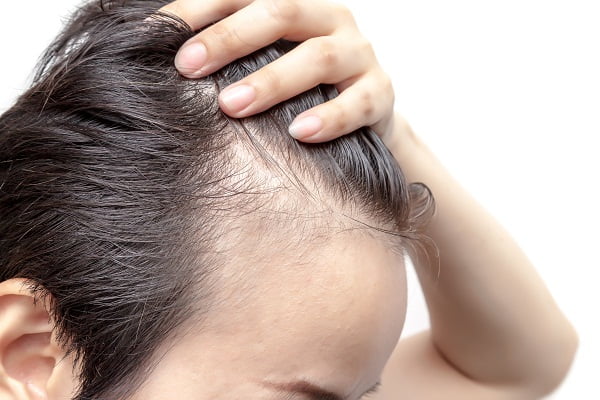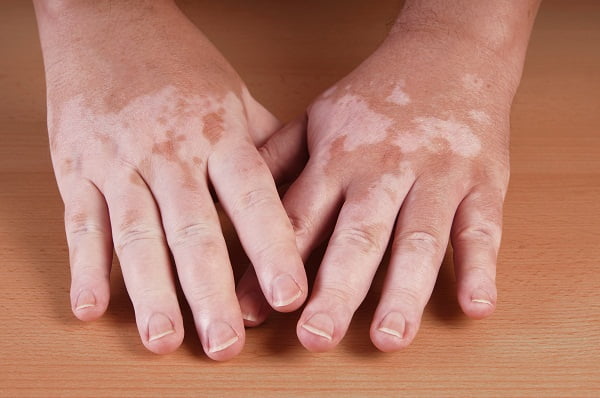Browsing: Hair and Skin

The page provides quick access to a list of common hair and skin diseases, syndromes, health conditions, and other topics of health importance about your skin and hair. The list is organized alphabetically. Links are provided to respective diseases sections that serve as a comprehensive and ultimate guide about the disease or health condition.
Skin and hair are the outer most protective layer of our body. It protects our body from foreign particles and infections and contains various glands. The skin has the ability to renew itself in every 28 days. The changes which appear on the skin may sometimes indicate overall health of an individual.
Skin and Hair diseases come under the category of dermatology, which is defined as the branch of medicine which deals with diseases related to hair, skin and nails. Skin and hair diseases are treated by a dermatologist, which includes both medical and surgical treatment options.
Presently, skin and hair diseases have shown a widespread occurrence. According to the American Academy of Dermatology, 84.5 million Americans have been affected with skin and hair diseases. These diseases can affect people of any age group, but high incidences are observed in people above the age of 65.
Some common skin disease includes dermatosis, non-melanoma cancer, eczema, melanoma and shingles. Some prevalent hair diseases include androgenetic alopecia, cosmetic hair damage, discoid lupus erythematosus, lichen planopilaris and dandruff.
What Does Shingles Look Like?
The most common and significant sign of shingles is appearance of rashes on the skin. These rashes appear in a stripe or band-like pattern along a nerve pathway, which is known as dermatome. Usually, these rashes affect on only side of the body, mostly without crossing the midline.
What Is Ear Dandruff?
Ear Dandruff refers to the appearance of dry, powdery or greasy flaking skin inside and around the ears. This may cause itching and sometimes inflammatory skin also. Ear dandruff is a symptom of seborrheic dermatitis.
In most cases, the duration of shingles depend upon the health and age of the affected individual and the severity of the viral infection. In some cases, chances of recurrence of shingles persist or people may experience some complications, in severe cases.
Your doctor can diagnose psoriasis by doing a physical examination and reviewing your medical history. Sometimes, skin biopsy can be required. The purpose of psoriasis treatment is to reduce skin inflammation. Treatments include tropical options, medication, and light therapy. Sometimes, merely the use of creams and ointments can treat mild symptoms of psoriasis.
Signs and Symptoms of Psoriasis
Psoriasis symptoms differ in persons and also vary based on the type of psoriasis. Not every person experiences all and same symptoms. The most common symptoms of psoriasis are red, raised, and inflamed patches of skin. Scales (plaques) form on the patches. Dry skin that easily cracks and painful, swollen joints are other signs of psoriasis.
How to cure dandruff at home? Dandruff can be easily controlled by following a healthy hair care routine. There are some simple natural home remedies which make the work even easier. Natural dandruff remedies do take time to show the results but they are effective and long lasting than any other treatment.
Shingles generally lasts for 2-6 weeks. This follows with a period of consistent pain and healing. Shingles infection is not contagious in itself, but its causative agent, the varicella-zoster virus is contagious. When the virus is activated and causes fluid filled blisters, shingles can transfer to other individuals who come in its contact.
Overview of Psoriasis and Its Types
Psoriasis is a chronic, inflammatory skin problem. It can be initiated by certain environmental triggers or due to a genetic predisposition for psoriasis. The disease produces plaques of thickened and scaling skin mostly on elbows, knees, and scalp. It is considered an incurable, chronic inflammatory skin condition.
Is Dandruff Hereditary or Hormonal?
Malassezia is a yeast-like fungus that is found on the scalps of many individuals. When this fungus multiplies in an uncontrollable manner, dandruff happens. This fungus irritates the scalp which makes the skin cells to die. These dead cells then flake off the scalp, causing itching on the head.
Vitiligo is a problem in which patches of skin lose their colour. It causes the loss of the natural colour of skin. This is called de-pigmentation. The loss of pigments can occur anywhere on your body. These patches are usually common in areas where the skin is exposed to sun such as hands, feet, arms, face, and lips.




